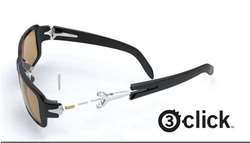
The argument posed by Honda and Yamaha was an incarnation of the “functionality” argument, and it is a concern for anyone trying to obtain a trademark on packaging designs or sounds. If an aspect of a trademark being claimed is functional, this means that the thing is not necessarily source identifying but instead serves some kind of utilitarian purpose. A feature can also be functional if it affects the cost or quality of the underlying good. A feature of a product can be protected if it has source-identifying capabilities. But source-identifying doesn’t mean unique to one type of product, if all other products make the same sound or have the same design, too because of how the pistons in an engine move (the problem in the Harley Davidson case.
There are competitive and doctrinal reasons for not allowing companies to obtain trademarks on functional items, one of the reasons being that the trademarking of a functional item would work a huge competitive disadvantage to other businesses in the marketplace that also produce items with the same functional features. Imagine the mess that would ensue if a motorcycle manufacturer was forced to tweak their engine ever so slightly so it did not make the thump-thump-thump sound of a Harley only to have a jury find that the sound was still similar to that of a Harley motor!
So it would seem that any sound that is even remotely mechanical or made as a result of necessary motions or internal components is out as a potential trademark. But not so fast! John Welch of the TTABLOG (a place where I hang out often and go to find out all about the latest shenanigans at the Trademark Office and the Trademark Trial and Appeals Board) has reported on an opinion where the Board (the TTAB) overturned a decision by the patent office that the 3-click sound that a certain brand of sunglasses makes the little “arms” on the sides of sunglasses are moved from the folded position to the extended position so that you can wear them. An examining attorney that initially reviewed the trademark application rejected the application for the 3-click sound because he believed that the sound was merely an essential byproduct of the product’s configuration.
To reach their conclusion, the TTAB looked for whether there were any utility patents where the clicking sound was described (this would be a common tip-off that the sound made by the glasses hinges was functional). Finding nothing, the TTAB then considered evidence offered from inventors of the glasses, who claimed that even though the clicking noise was a “natural byproduct” of the hinges on the glasses, competitors would not be placed at a disadvantage if their glasses could not make the same sound because the glasses themselves do not have to make any sound in order for the same hinge mechanism to work.
But is that a primary reason for finding non-functionality? A feature of a product is functional if it either performs the function that it was intended to perform or if competitors must use the same function in order to compete effectively (the same two considerations outlined above). In this case, the applicant’s argument that the 3-click sound affects no competitive advantage because similar hinge mechanisms could be designed without imposing additional costs appears to have won the day. So the functionality concern and the impact on competition is addressed. But what about the argument that the 3-click sound is simply performing a function that it was intended to perform? According to the applicant, the 3-click sound was produced as a “natural byproduct” of the particular mechanism in the hinge. But if the clicking sound was made by virtue of the hinge, wouldn’t this mean that the sound is functional? If this kind of functionality is asserted (which it could be, if a competitor challenges the trademark application during the opposition process), then I think a compelling case could be made against the registrability of the 3-click sound as a trademark. In that case, the applicant for the 3-click trademark would have to prove that consumers recognize the 3-click as “belonging” to the one particular sunglass manufacturer.
The takeaway from this is that some sounds, even if the sound has some connection with a mechanical feature, can be trademarked. You just have to be careful as an applicant for that sound as a trademark that you aren’t treading a path where you are trying to obtain a sound for a specific product or feature that will give you a competitive advantage and has its value in that aspect alone.
Sound good to you?

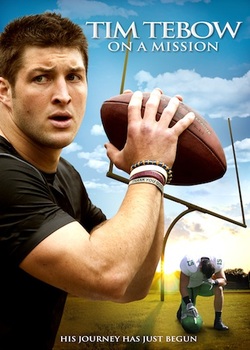
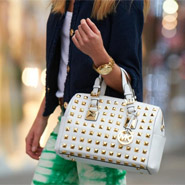
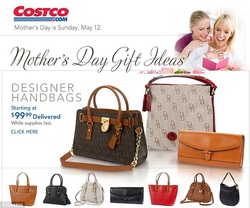
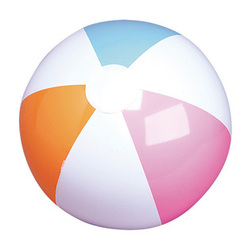
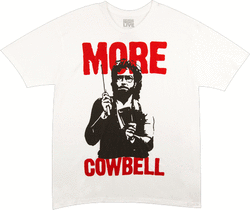
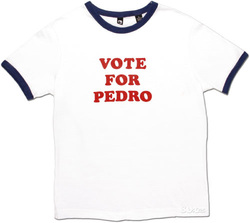


 RSS Feed
RSS Feed